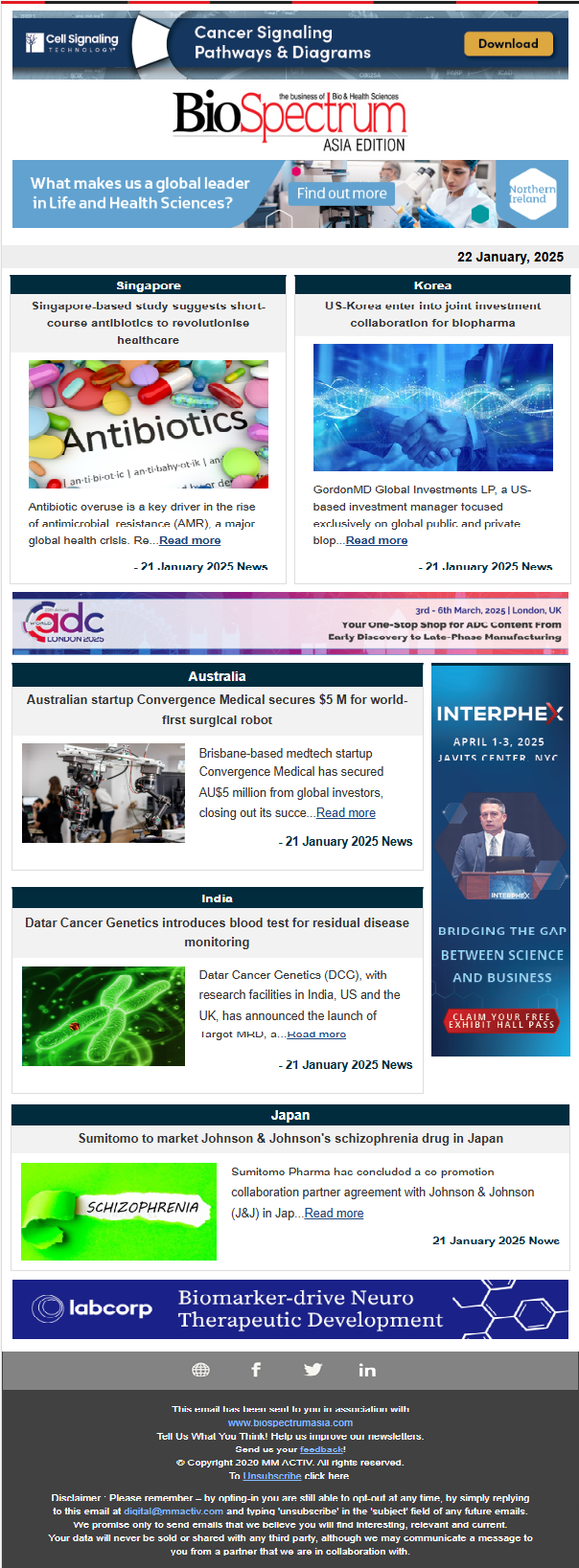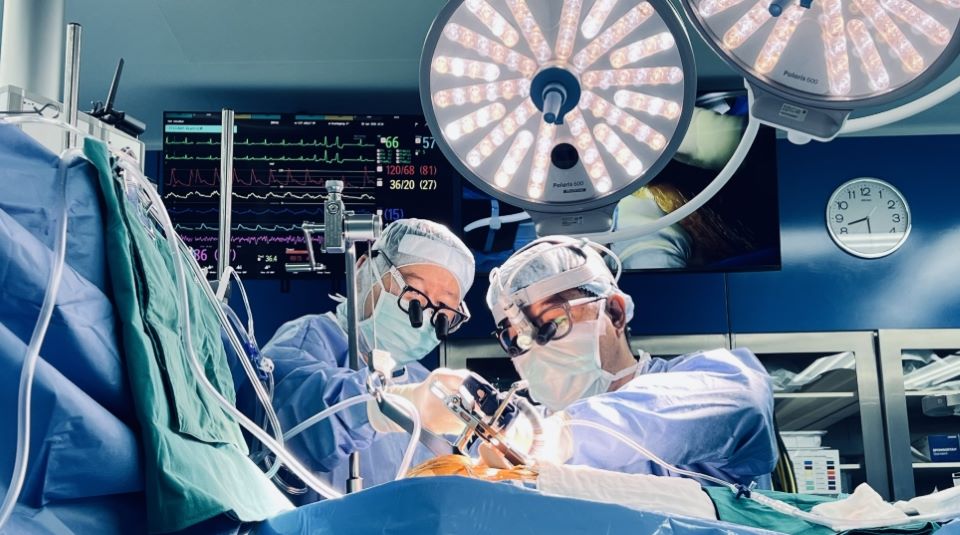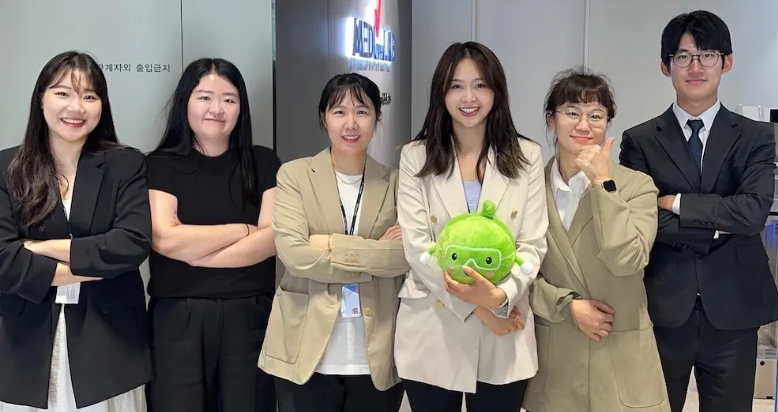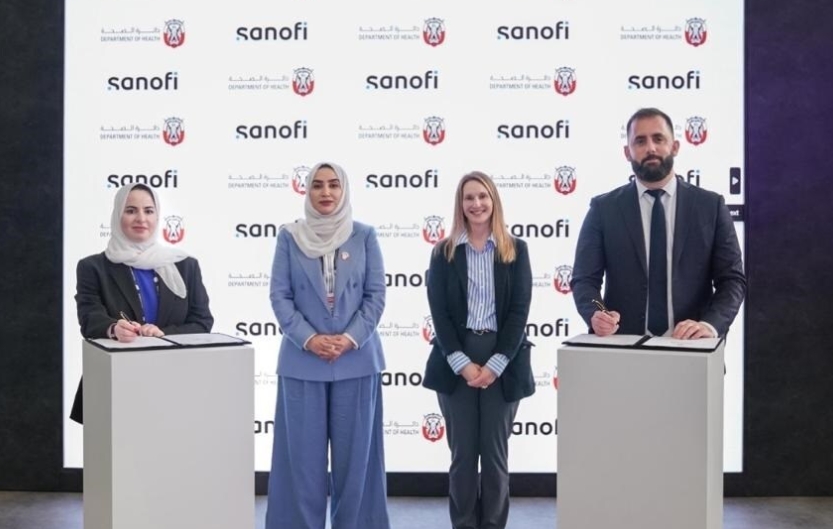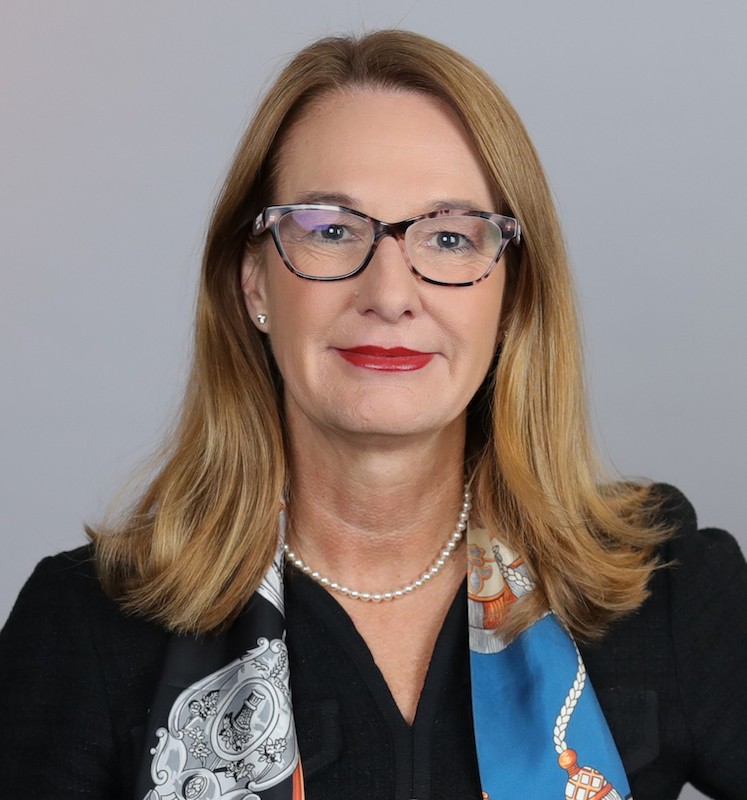
What are the current developments taking place at CTMC, and what are your major plans for the next five years?
CTMC, a joint venture between Resilience + MD Anderson Cancer Center, was founded in 2022 to accelerate driving life-saving cell therapies to patients. In just three years, CTMC expanded its pipeline, supporting both MD Anderson investigators and biotech companies to advance novel cell therapies through Investigational New Drug (IND)-enabling studies and FDA interactions.
CTMC’s portfolio has expanded from five to 13 partners, with a mix of 65 per cent biotechs and 35 per cent academic. CTMC has also submitted and cleared eight IND’s, all delivered on or ahead of schedule. Notable products include Obsidian Therapeutics’ novel tumour-infiltrating lymphocyte (TIL) therapy, OBX-115, and Invectys’ lead engineered human leukocyte antigen A (HLA-G) targeting chimeric antigen receptor (CAR) T cell therapy for the treatment of solid tumours.
We have also collaborated with several companies to enable new technology in the field to be evaluated, utilised, and easily accessed by our customers. Current collaborators include Ori Biotech (automated cell therapy manufacturing) and Syenex (enhanced gene delivery systems).
On a global scale, we’ve developed the Network Alliance programme designed to democratise access to cell therapy through international partnerships and regional manufacturing enablement. We expect to announce our first international member this fiscal year. Also, the Center has been awarded $9.1 million from the Cancer Prevention & Research Institute of Texas (CPRIT) through the Texas New Technologies Company grant, with an additional $1.3 million awarded in May 2025.
Over the next five years, we are focused on accelerating access to cell therapy through digital innovation, expanded manufacturing capabilities, and a growing global alliance network.
We have made significant strides in the digitalisation of our development and manufacturing processes. We are on track to have a fully integrated digital process by the end of 2025, one that enables seamless data capture, analytics, and process control across our operations. This digital backbone will increase efficiency and allow us to support our global partners to scale faster.
Second, we are expanding our current facility to support pivotal trials and, ultimately, commercial launch. Expanding our capabilities reduces the risks and delays of tech transfer and gives our partners a faster path to market.
Third, my personal goal is to ensure the development of the Network Alliance, an ecosystem of cell therapy developers, manufacturers, and academic partners across Latin America, Asia-Pacific, Canada, and Europe. Our objective is to elevate standards, implement best practices, build scalable infrastructure, and expand access for both established and new cell therapy programmes in these global communities.
How is CTMC strengthening its presence within the Asia Pacific region? Are you exploring collaborations, partnerships there?
The Asia-Pacific region is dynamic and rapidly evolving, with tremendous growth in research and development and attractive market conditions. I anticipate the Asia-Pacific region to be a global leader in cell and gene therapies in the next few years due to increased funding, strategic investment, and expanding clinical trial infrastructure.
On the capital front, the Chapter 18A listing rule on the Hong Kong stock exchange allows pre-revenue biotech companies to go public. More than 70 early-stage biotech companies have used this mechanism to fund the development. The main stock market index in Hong Kong rose 15.94 per cent since the beginning of 2025, demonstrating continued growth driven in part by China’s biotech rise and internationalisation driven by the digitalisation of the industry.
On the development front, growing investment in cell therapy is seen in China, Japan, South Korea, and Australia from both the private and public sectors. Countries like Japan are offering regulatory incentives such as expedited approvals or Fast Track designation to attract innovation. China now has the highest number of active cell therapy clinical trials in the world.
We have instituted two areas of focus for the Asia-Pacific market: To identify promising cell therapy biotech companies in the region for co-development and deployment of clinical trials in the United States. This enables promising research from Asia-Pacific to enter the US market more efficiently and at reduced risk. CTMC has the regulatory expertise to support international customers through this process with a successful track record of eight IND clearances over the last three years. And to expand the Global Network Alliance programme within Asia-Pacific to provide tools, training, and support to enable regional manufacturing capabilities.
Is CTMC focusing on other diseases besides cancer?
CTMC is focused on oncology indications and those adjacent to oncology. Most of our development and manufacturing customers are focused on CAR-T or TIL therapy assets. We have expertise in TIL therapy and have developed proprietary platforms and reagents in TIL manufacturing to support our customers.
As of 1Q25, the American Society of Gene and Cell Therapy reported 33 approved gene therapies globally, including genetically modified cell therapies - 18 (55 per cent) of which target oncology indications. Additionally, there were 71 non-genetically engineered modified cell therapies, primarily focused on oncology and rare diseases. From a pipeline perspective, 2,154 gene and genetically modified cell therapies are currently in trials, with 49 per cent targeting cancer. Of these, CAR-T remains the dominant platform, accounting for 50 per cent of all genetically modified therapies, with 97 per cent of CAR-T developments focused on oncology.
More than 960 non-genetically modified cell therapies are under development with 27 trials initiated in 1Q25, with 26 per cent for oncology indications showing a decrease from the last few quarters.
These numbers indicate a shift toward genetically modified cell therapies in the future. Our vast experience in this modality coupled with our development of proprietary reagents put CTMC in a good position to support our partners now and in the future.
How can deployment of new technologies such AI, robotics, machine learning enhance CGT sector globally?
In the next few years, we anticipate that automation and robotics will play a pivotal role in improving scalability and cost-efficiency as the demand for advanced therapies continues to grow.
Equally exciting is the opportunity to incorporate artificial intelligence and machine learning into the overall continuum of cell therapy, starting with patient selection. Innovations that allow us to better understand who will respond to cell therapy, how they will respond, and the likely outcomes of the treatment will position the industry to demonstrate the value of predictive intelligence.
Utilising digital biomarkers during cell therapy and into survivorship will provide real-world evidence to consistently evaluate the body’s response to cell therapy, thereby providing an opportunity to develop early interventions. Ultimately, we shift the cost curve and take another step toward preventive medicine.
Dr Manbeena Chawla
(manbeena.chawla@mmactiv.com)
